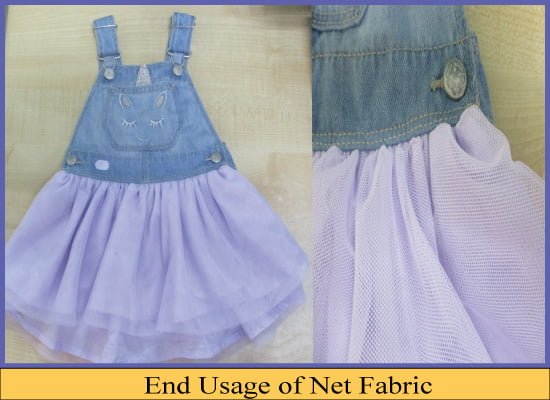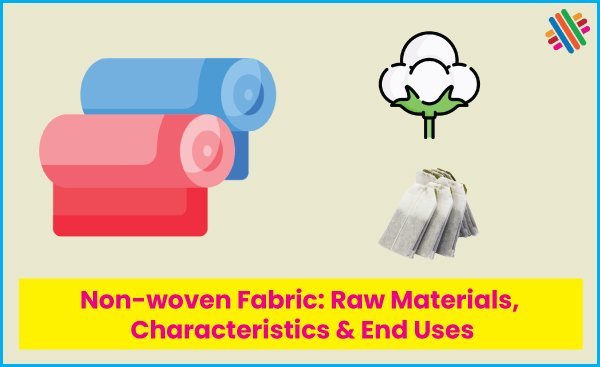Nonwoven Fabrics: An Overview
Definition of Nonwoven Fabric Non-woven fabric, also known as Non-woven textile or Non-woven material, is produced by bonding or felting fibres together without weaving or knitting them into a fabric. Unlike traditional woven or knitted fabrics, created by ….. Read More






